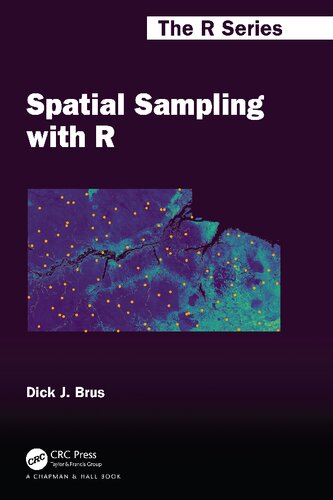

Most ebook files are in PDF format, so you can easily read them using various software such as Foxit Reader or directly on the Google Chrome browser.
Some ebook files are released by publishers in other formats such as .awz, .mobi, .epub, .fb2, etc. You may need to install specific software to read these formats on mobile/PC, such as Calibre.
Please read the tutorial at this link: https://ebookbell.com/faq
We offer FREE conversion to the popular formats you request; however, this may take some time. Therefore, right after payment, please email us, and we will try to provide the service as quickly as possible.
For some exceptional file formats or broken links (if any), please refrain from opening any disputes. Instead, email us first, and we will try to assist within a maximum of 6 hours.
EbookBell Team

5.0
98 reviewsScientific research often starts with data collection. However, many researchers pay insufficient attention to this first step in their research. The author, researcher at Wageningen University and Research, often had to conclude that the data collected by fellow researchers were suboptimal, or in some cases even unsuitable for their aim. One reason is that sampling is frequently overlooked in statistics courses. Another reason is the lack of practical textbooks on sampling. Numerous books have been published on the statistical analysis and modelling of data using R, but to date no book has been published in this series on how these data can best be collected. This book fills this gap. Spatial Sampling with R presents an overview of sampling designs for spatial sample survey and monitoring. It shows how to implement the sampling designs and how to estimate (sub)population- and space-time parameters in R.
Key features
The target group of this book are researchers and practitioners of sample surveys, as well as students in environmental, ecological, agricultural science or any other science in which knowledge about a population of interest is collected through spatial sampling. This book helps to implement proper sampling designs, tailored to their problems at hand, so that valuable data are collected that can be used.